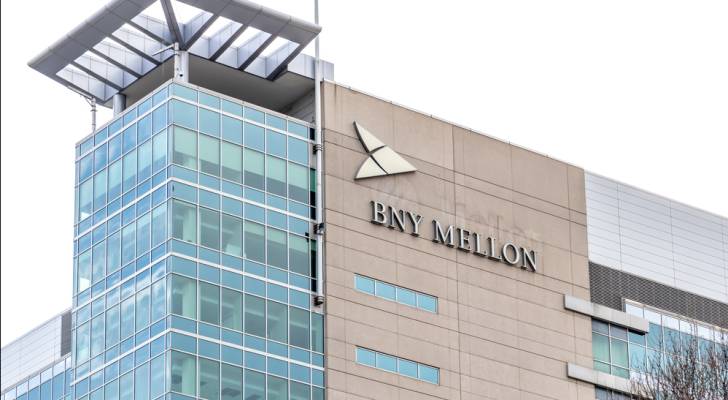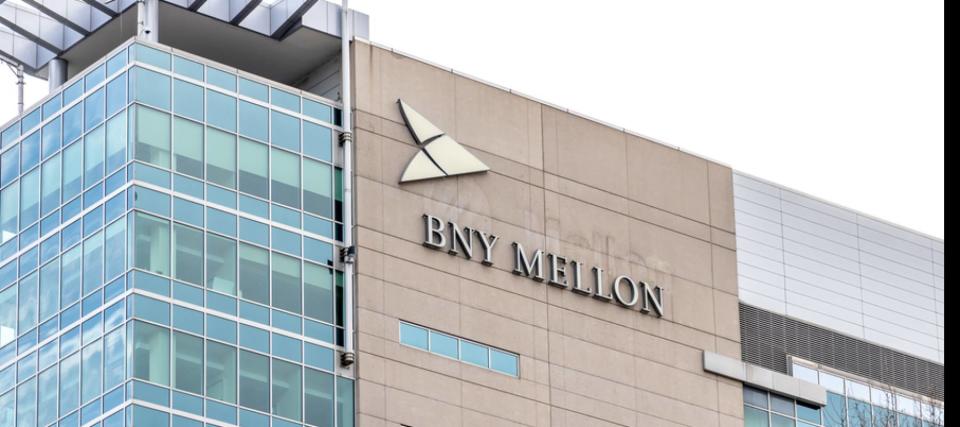These are the top US banks by proportion of uninsured deposits — and why you shouldn’t panic if you see your bank on the list


Is my money safe? Can I trust my bank? Are my deposits insured? These are all questions living rent-free in Americans’ minds after two major banks collapsed in March.
Don’t miss
First to fall, on March 10, was California-based Silicon Valley Bank (SVB), which imploded after experiencing a massive bank run. Days later, New York-based Signature Bank suffered a copy-cat scenario.
While depositors at both banks will get their money back through a Federal Deposit Insurance Corporation (FDIC) fund — the failures have done irreparable damage to confidence and trust in the U.S. banking system.
But if you’re now questioning the health of the system, try not to panic. There are many ways you can protect your money and ensure that your finances will be made whole again should your bank fall down.
The U.S. banks with the most uninsured deposits
A list of the top U.S. banks by proportion of uninsured deposits has been published by S&P Global, using data about banks that had at least $50 billion in assets by year-end 2022.
Unsurprisingly, SVB was the bank with the most uninsured domestic deposits, at 93.8% or $151.6 billion. Meanwhile, Signature Bank ranked fourth with 89.3% or $79.5 billion of its total deposits being uninsured. In between the two fallen entities were Bank of New York Mellon with 92% of deposits uninsured, and State Street Bank and Trust Co. with 91.2%.
Seeing so many banks with a percentage of uninsured domestic deposits way above that held by large U.S. banks — which is about 47% — could be cause for panic. But as David Hayes, author of the S&P report, rightly points out: “Not all uninsured deposits are equal.”
It can be hard to tell if a bank is at risk if you’re only looking at its proportion of uninsured deposits, according to Joseph Magueri, CFP, Managing Director of Corporate Relations at CFP Board.
“It gives you a clue,” he said. “But there are often other factors at play with uninsured deposits. They may actually be covered by other banks and there may be collateral for certain assets.”
Read more: Rich young Americans have lost confidence in the stock market — and are betting on these 3 assets instead. Get in now for strong long-term tailwinds
What went wrong at SVB?
SVB’s model included offering high interest rates on deposits to attract customers. It then invested those deposits in long-term Treasury bonds and mortgage-backed securities.
According to Hayes: “Investors have expressed concern about banks’ held-for-maturity portfolios because they contain debt instruments that started losing value when interest rates moved higher.”
This came to pass at SVB, when the value of the bank’s investments plummeted as interest rates rose, forcing SVB to sell its $21-billion bond portfolio at a loss of $1.8 billion in order to cover withdrawals from its customers.
That loss triggered a panic-driven bank run and SVB was unable to meet its financial obligations. The bank was shut down on March 10 and was placed into receivership by the FDIC.
While any fragility in the U.S. banking system is concerning, Maugerie emphasized: “A run on a bank is very, very rare — and customers rarely lose money. It’s the investors or bondholders that are normally hurt the most in these kinds of situations.”
Why you shouldn’t panic
Panic can cause people to make poor decisions, according to Maugeri.
“Many customers making quick decisions are what caused the bank run at SVB,” he said. “It was the panic that caused the crisis. Without the run on the bank, it would probably still be solvent at this point.”
As panic built in the days after SVB’s collapse, customers of New York-based Signature Bank started withdrawing deposits at an alarming rate — and the bank ultimately suffered the same fate.
“Keep in mind that, in most cases, your money is probably safe,” said Maugeri. “Check to see if your bank account or certificates of deposit exceed the FDIC insurance limits on a per account basis. That’s pretty important.
“You should pause and ask yourself: ‘Am I really exposed?’”
If you’re concerned about the health of your bank, Maugeri said you should seek out the help of a financial advisor who can drown out the noise, explain your unique situation and the options you have available to you.
In the past week, widespread panic about the possibility of further bank failures has subsided and Mageuri believes “there’s a lot more rationality at play.”
The Treasury has asserted the “resilience of the banking system” — a statement supported by the fact that 11 of the nation’s largest banks — including Bank of America, Wells Fargo, Citigroup and JPMorgan — have teamed up to provide a $30 billion lifeline for struggling institutions.
How can you protect your money?
Most U.S. banks are insured by the FDIC, which will protect deposits of up to $250,000 per depositor.
This means a joint account with your spouse would be covered up to $500,000, and if you also have separate accounts insured up to $250,000, then your combined protection limit would be $1 million.
“FDIC insurance is something you should have full confidence in,” said Maugeri. “I don’t believe there’s ever been a case where the FDIC has not paid the insurance for banks.”
“You can reduce your deposits to no more than the maximum insured amount by spreading your money between different insured banks,” said Maugeri. “In some cases, you may feel more comfortable moving money to a larger bank that maybe has less exposure to uninsured deposits.
“You could also move money into a money market account or a brokerage account, which in many cases, will pay higher yields.”
If you do move some money into a brokerage account, they typically have SIPC insurance to protect investors and help you sleep at night knowing your money is secure.
Finally, Maugeri said it’s important to ask questions and talk to your bank to find out what they’re doing with our money and what protections they have in place to ensure that you don’t lose any of your hard-earned cash.
What to read next
This article provides information only and should not be construed as advice. It is provided without warranty of any kind.





